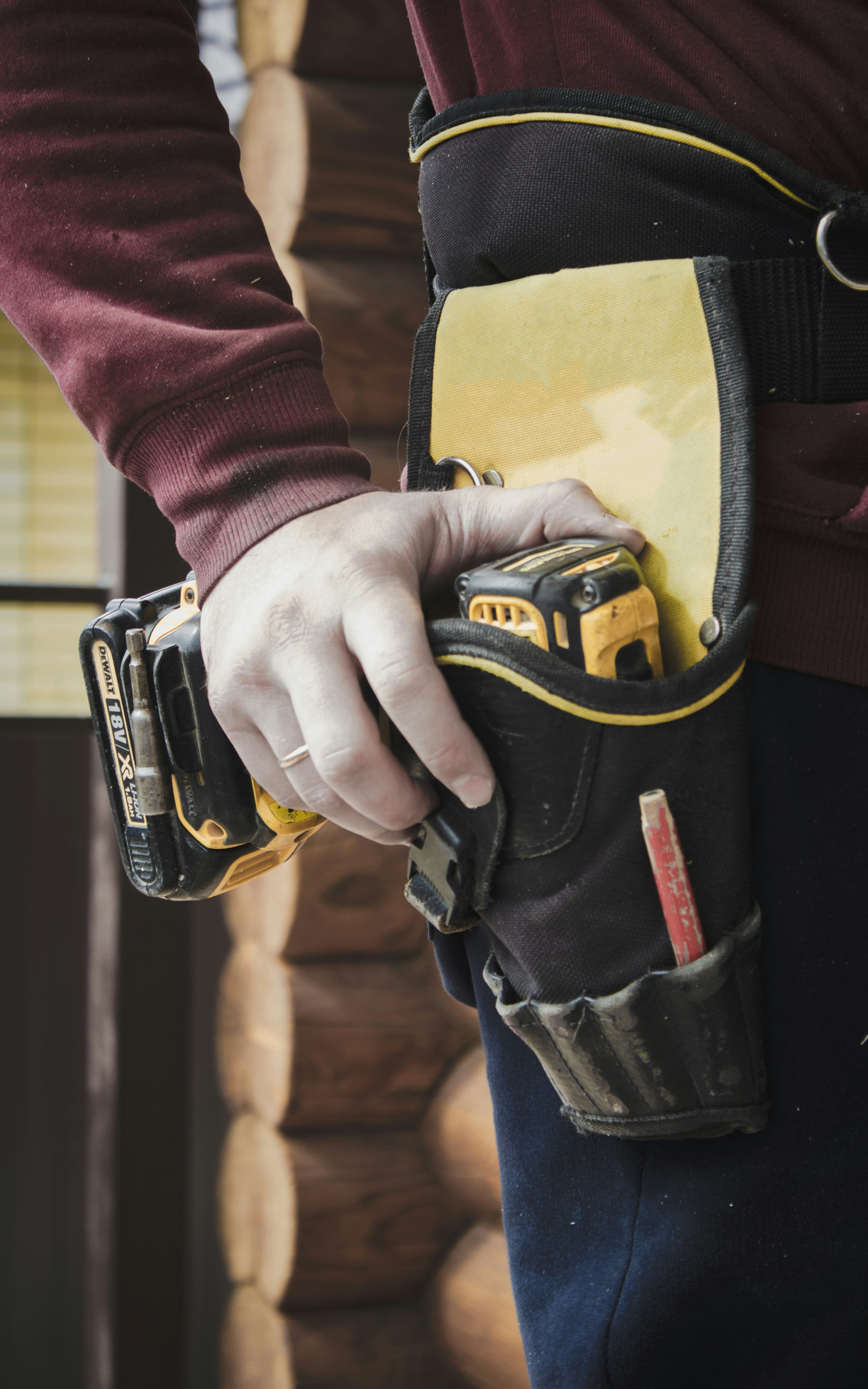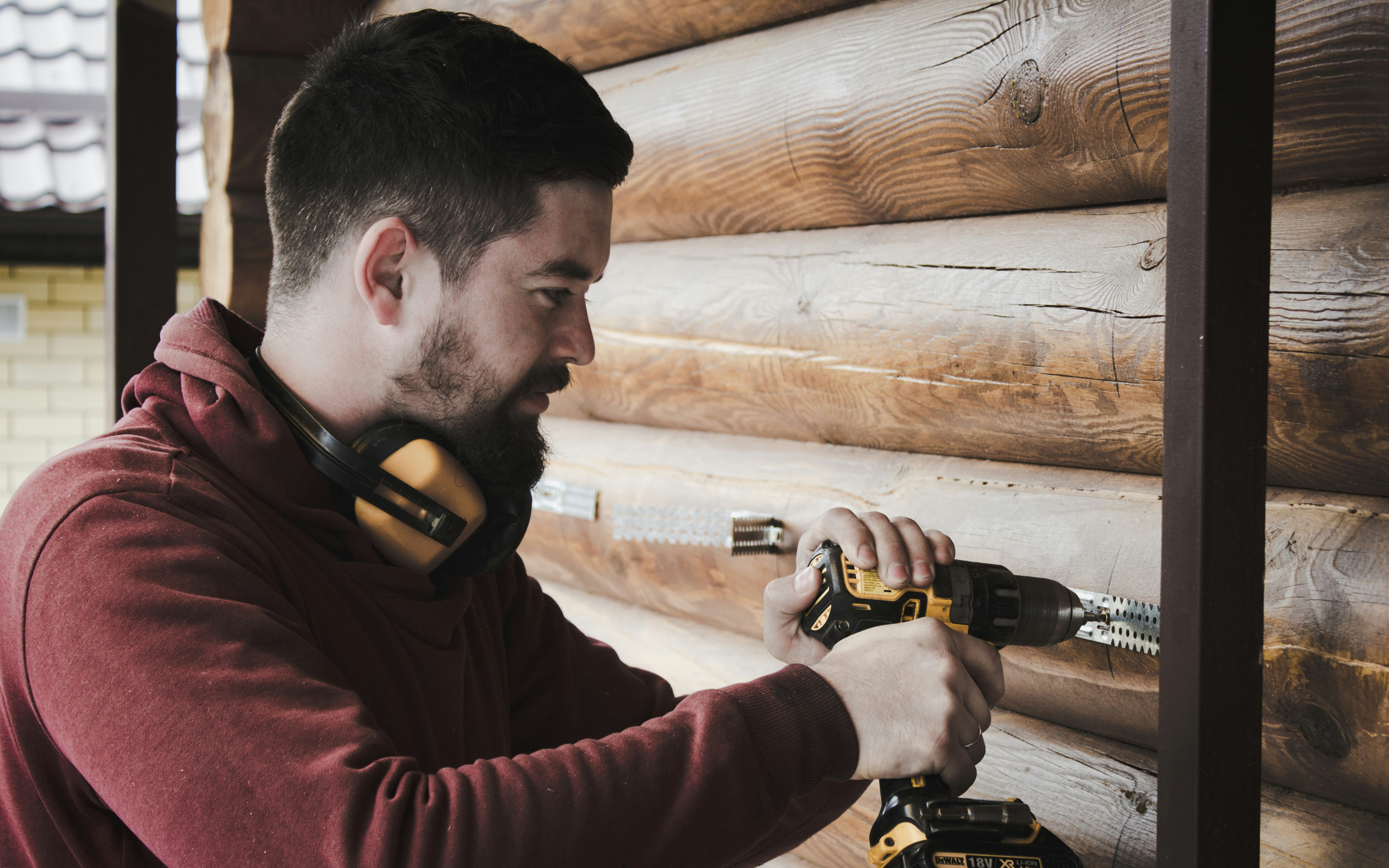
What to Do If Your Custom Home Builder Misses Expectations
Many home buyers expect their custom homes to meet all outlined standards during the final walk-through. Unfortunately, some builders fall short in areas like countertops or even the laundry room finishes. This article will guide readers through identifying specific shortcomings, communicating effectively with their builder, and exploring solutions to unresolved issues. Engaging with this content will help homeowners navigate their concerns and ensure compliance and accountability in the custom building process, leaving them more confident in their green building journey.
Key Takeaways
Document all issues found during the final walk-through for effective communication with the builder
Prepare specific examples to support concerns raised during discussions with the custom home builder
Understand warranty terms to protect your investment after the final walk-through is completed
Regular check-ins throughout construction help ensure that projects stay on track and meet expectations
Learning from past experiences can improve future custom home-building projects and enhance communication
Identify Specific Shortcomings in the Final Walk-Through

During the final walk-through, it is important to assess if the builder has met their contractual obligations. Homeowners should document any issues or deficiencies found, such as problems with the bathroom or elevator installations. Gathering insights from other homeowners can offer valuable perspectives. Prioritizing these concerns for discussion ensures that attention is given to the most critical issues that need resolution.
Evaluate the Contractual Obligations of Your Builder
When assessing the final walk-through of a custom-built home, homeowners should focus on the contractual obligations outlined by their builder. This includes verifying that installations, such as the floor finishes in the dining room and the work completed by the electrician, align with the agreed-upon concept. Addressing these elements during the meeting allows homeowners to pinpoint any discrepancies and seek prompt resolutions, ensuring that the home meets expectations before completion.
Document Any Issues or Deficiencies Found
During the final walk-through, documenting any issues or deficiencies found is vital to ensure that the custom home meets expectations. Parents, in particular, should note any risks, such as uninstalled kitchen cabinets or incomplete electrical work, to avoid complications later. Keeping a detailed record can aid in negotiation discussions with the builder, ensuring that any necessary corrections are addressed efficiently and protecting the homeowner's investment.
Gather Insights From Other Homeowners
Gathering insights from other homeowners who have gone through similar experiences can provide valuable knowledge when assessing a custom home builder's work. These individuals can share their perspectives on the specifications they received, including the accuracy of measurements and details like commode installations that align with the architectural design. Learning from others can help homeowners identify potential problems and suggest solutions, making the final walk-through process smoother and more effective.
Prioritize Your Concerns for Discussion
Homeowners must prioritize their concerns during the final walk-through to ensure that every aspect of their custom home aligns with their expectations. Addressing issues like door installations, cabinetry placements, and room heights can prevent future complications. Engaging builders with clear opinions on these matters allows for timely resolutions, leading to a successful finalization of the project.
Communicate Effectively With Your Custom Home Builder

Effective communication with a custom home builder is crucial when final walk-through expectations are not met. Homeowners should prepare for the conversation by presenting clear examples, such as issues with snow accumulation near the entryway or carpet installation discrepancies. Setting a meeting to discuss these concerns allows for constructive dialogue and clarifies future expectations, ensuring any required inspections or corrections are promptly addressed.
Prepare for the Conversation With Clear Examples
Preparing for the conversation with a custom home builder requires clear and specific examples of any issues noticed during the final walk-through. Homeowners should gather evidence of problems like drywall imperfections, unfinished work, or discrepancies in pricing related to the agreed-upon fee for installations. By outlining these concerns, homeowners can have a focused discussion that addresses items affecting the level of quality expected in their new home.
Document drywall issues observed during the walkthrough.
Identify any price discrepancies related to the agreed fees.
Clarify any unresolved items that could impact the mortgage process.
Clarify Expectations Moving Forward
After discussing any issues found during the final walk-through, it is essential for homeowners to clarify expectations moving forward with their custom home builders. This includes addressing specific areas, such as the bedroom layout, pantry design, and closet features. Setting clear goals during a pre-construction meeting, such as a timeline for completing any remaining work or button issues that need fixing, helps to ensure both parties understand what to expect as the project progresses.
Explore Potential Solutions to Unresolved Issues

Homeowners should propose specific remedies for each concern identified during the final walk-through. This includes discussing the timeline for corrections and understanding any potential costs involved. Being open to compromise where reasonable can pave the way for effective solutions. These elements are essential in maintaining clear communication and ensuring a satisfactory resolution with the builder.
Discuss Timeline for Corrections
When addressing unresolved issues after the final walk-through, homeowners should clearly discuss the timeline for corrections with their builder. For example, if there are problems with the tile installation in the bathroom, it is important to establish a specific timeframe for when the repairs will be completed. This approach not only sets clear expectations but also helps ensure that any unresolved concerns are addressed promptly, helping homeowners feel secure in the progress of their custom home project.
Understand Possible Costs Involved
Understanding the possible costs involved in resolving issues after the final walk-through is vital for homeowners. This may include expenses related to repairs, inspections, or even hiring specialists to ensure compliance with building standards. Homeowners should discuss these potential costs with their builders upfront to avoid surprises and plan their budgets accordingly while navigating the next steps in their custom home project.
Be Open to Compromise Where Reasonable
Being open to compromise where reasonable can lead to effective solutions when issues arise after the final walk-through. Homeowners should consider the builder's perspective and the challenges they may face in addressing specific concerns. For instance, offering a flexible timeline for resolving minor issues—like a few paint touch-ups—can help maintain a positive relationship while ensuring all parties are satisfied with the outcomes.
Identify key issues during the final walk-through.
Discuss potential solutions with the builder.
Propose a reasonable timeline for corrections.
Be open to compromise for smoother resolutions.
Ensure Compliance and Accountability Moving Forward

To ensure compliance and accountability after a custom home builder fails to meet final walk-through expectations, it is essential to set up regular check-ins during construction. Documenting all communications and agreements helps keep track of commitments while understanding warranty terms protects homeowners’ investments. Keeping records of any future issues or repairs ensures a thorough approach to maintaining the home.
Set Up Regular Check-Ins During Construction
Setting up regular check-ins during construction helps address issues promptly and ensures the project stays on track. Homeowners should schedule these meetings at key milestones to review progress, document concerns, and verify compliance with contract terms. Keeping records of discussions and resolutions fosters open communication and holds the builder accountable for meeting expectations.
Document All Communications and Agreements
Keeping thorough records of all communications and agreements between homeowners and their custom home builders is essential for ensuring compliance moving forward. This documentation serves as a clear reference for what was promised and agreed upon, which can be invaluable if disputes arise. For instance, noting details about timelines, costs, or specific design choices can help clarify expectations and hold the builder accountable:
Document emails, messages, and meeting notes related to the project.
Record any changes made during the building process and their implications.
Keep track of signed agreements and verify adherence to the outlined terms.
Understand Warranty Terms and Conditions
Understanding the warranty terms and conditions provided by a custom home builder is crucial for homeowners. A warranty outlines the builder's obligations regarding repairs, workmanship, and materials after the final walk-through. Homeowners should carefully review these documents to know what is covered and for how long to ensure their investment is protected from potential defects.
Review the warranty to understand coverage details.
Identify the warranty period for different aspects of the home.
Note any exclusions or limitations that may apply.
Document any issues to ensure proper warranty claims can be made.
Keep Records of Any Future Issues or Repairs
Keeping detailed records of any future issues or repairs is essential for homeowners after a final walk-through. This practice helps track problems that may arise, such as plumbing leaks or electrical faults, ensuring they are addressed promptly. By documenting these repairs, homeowners can refer back to their records when communicating with their builder, which reinforces accountability and supports any warranty claims that may be needed in the future.
Conclusion
Taking the right steps when a custom home builder fails to meet expectations during the final walk-through is crucial for homeowners. Identifying issues, documenting concerns, and engaging in clear communication can lead to effective resolutions. Homeowners should be prepared to escalate matters if necessary, ensuring their rights are upheld. By following these guidelines, they can protect their investment and achieve the desired outcomes in their custom home project.


